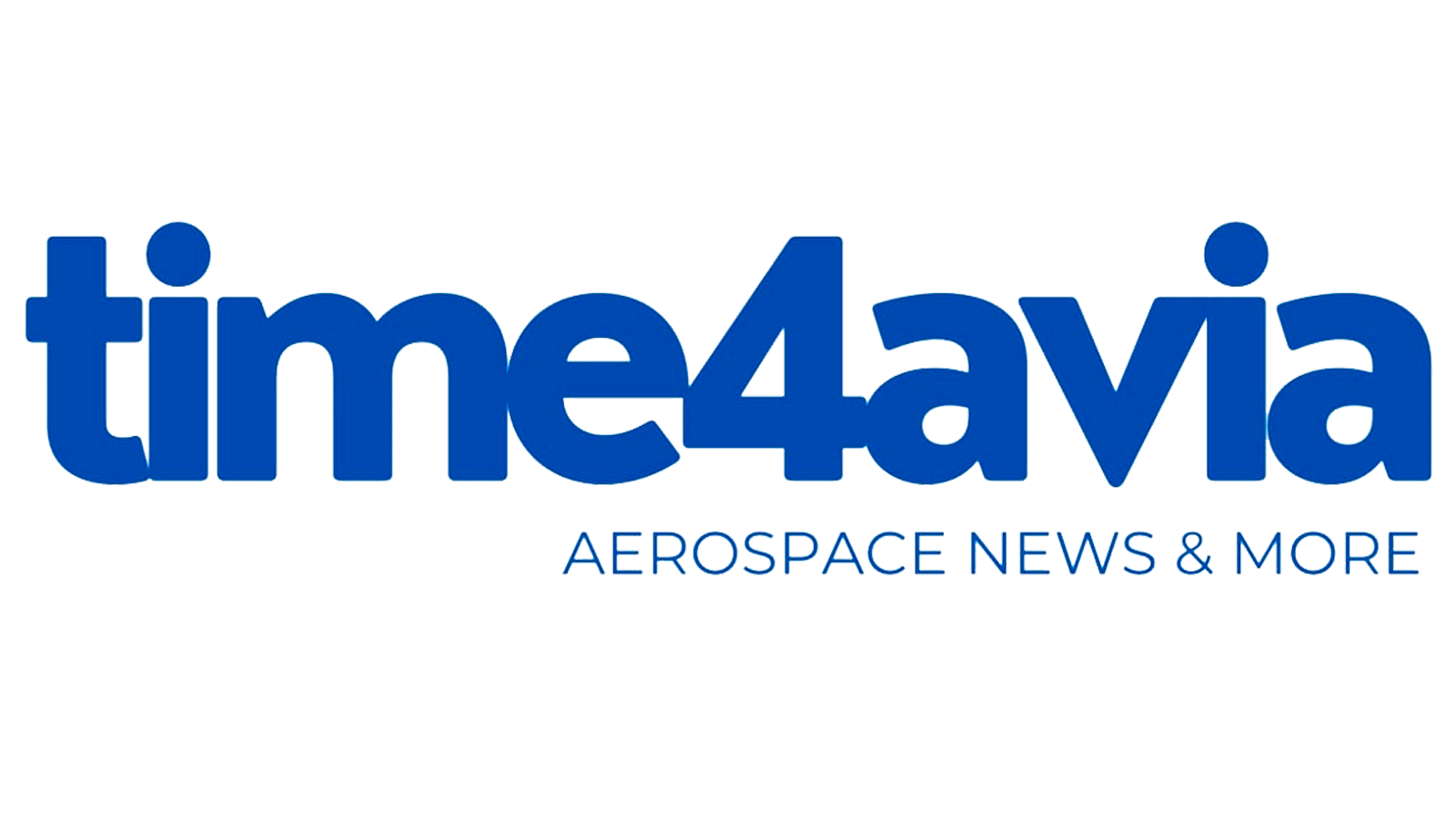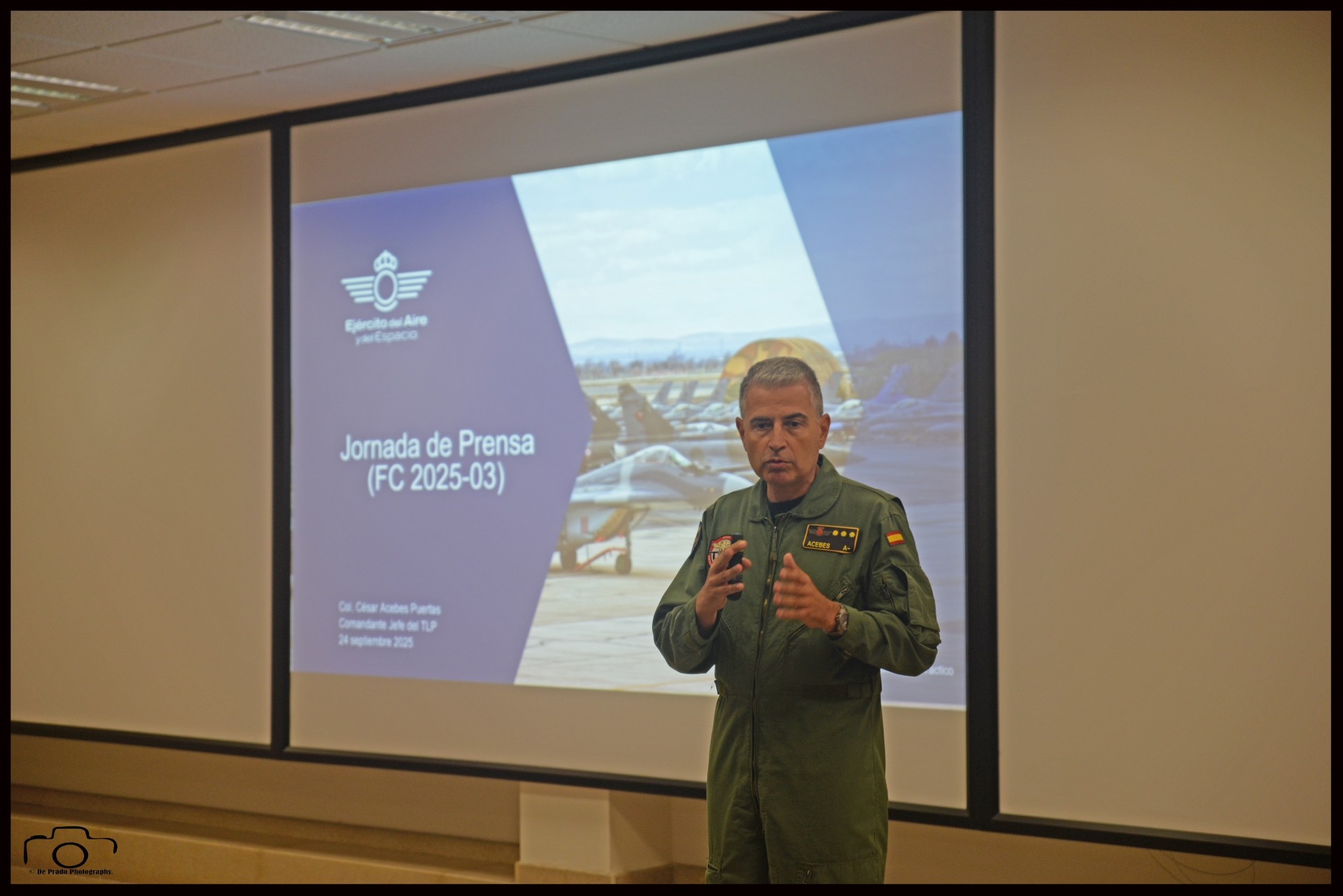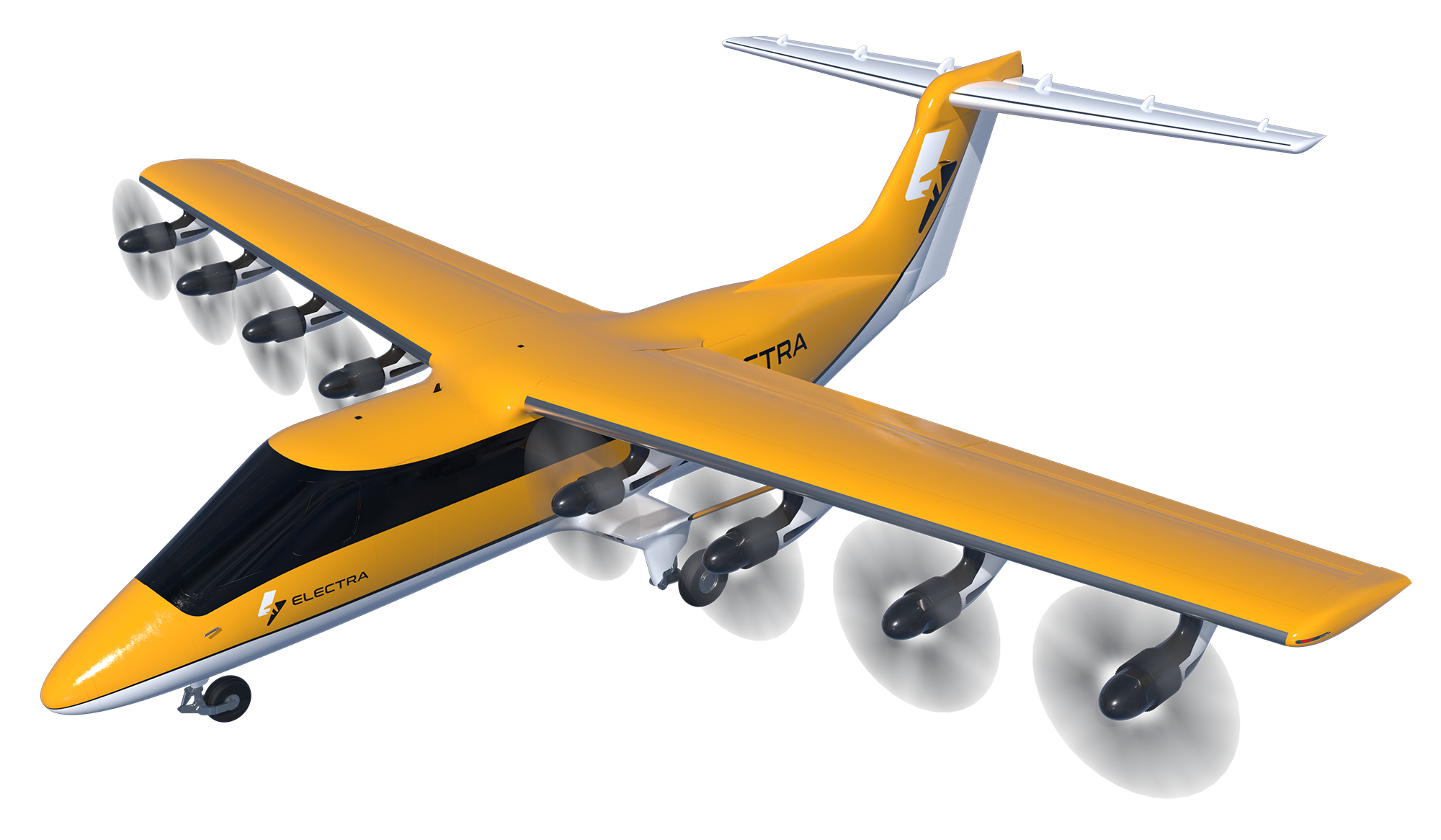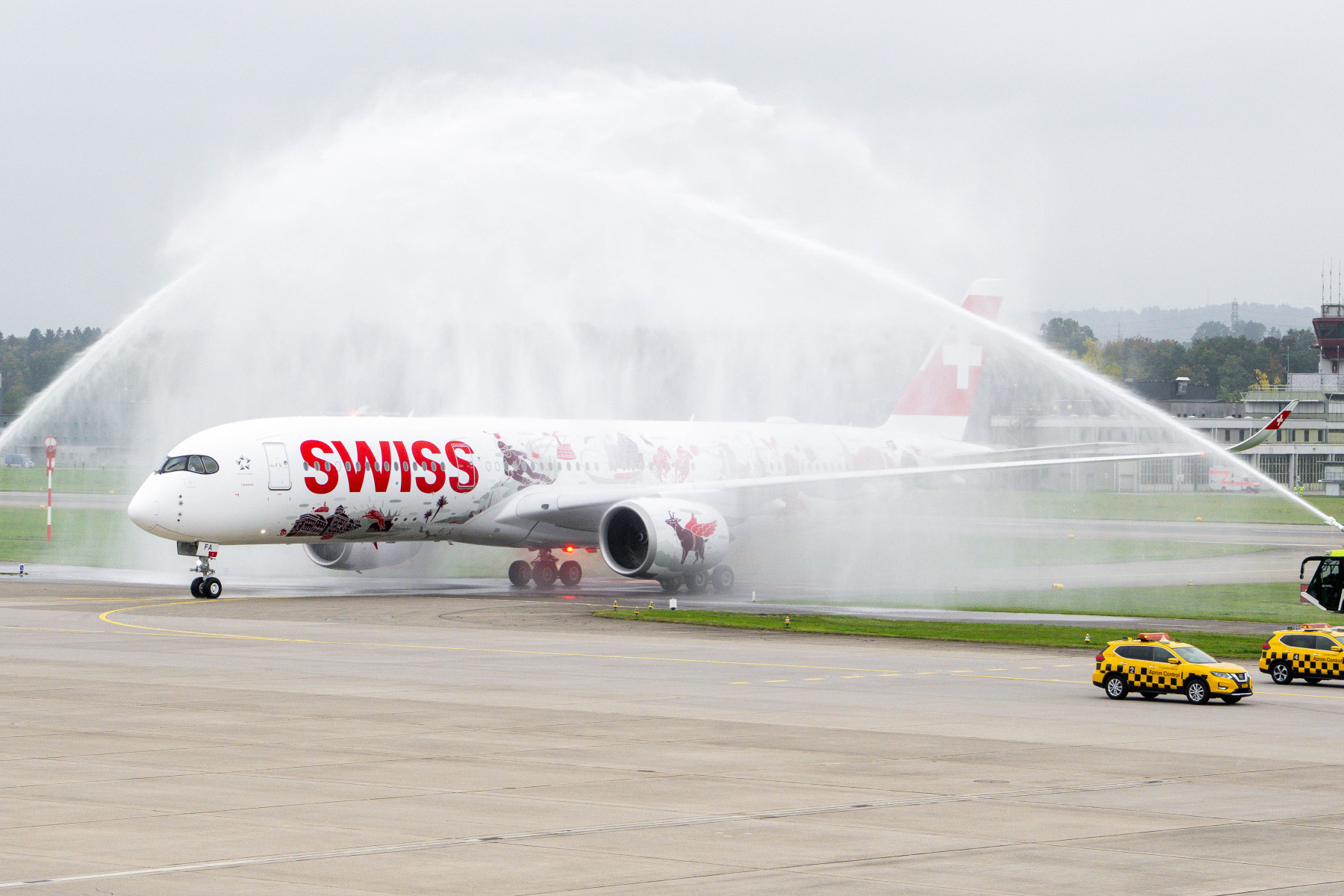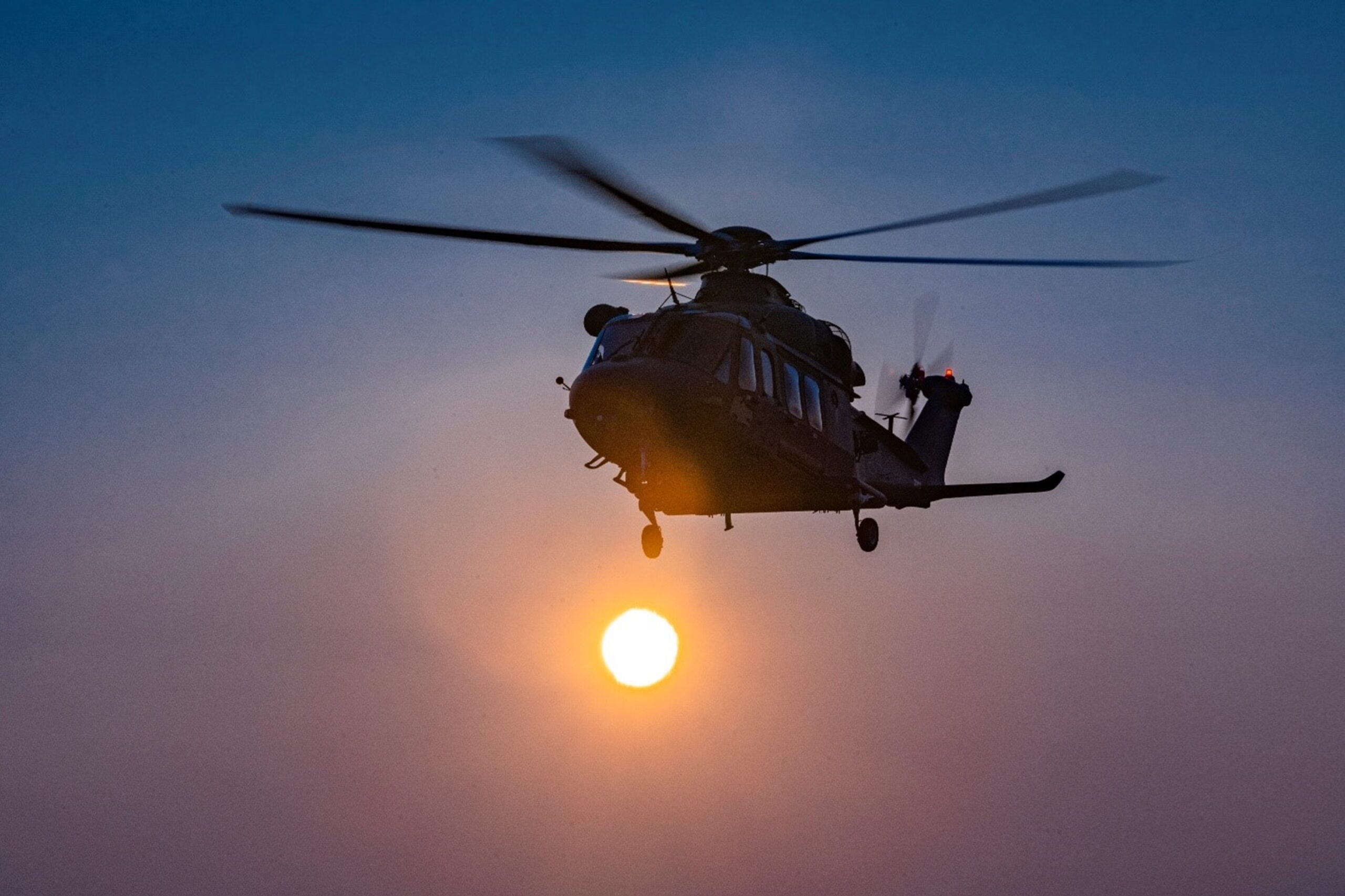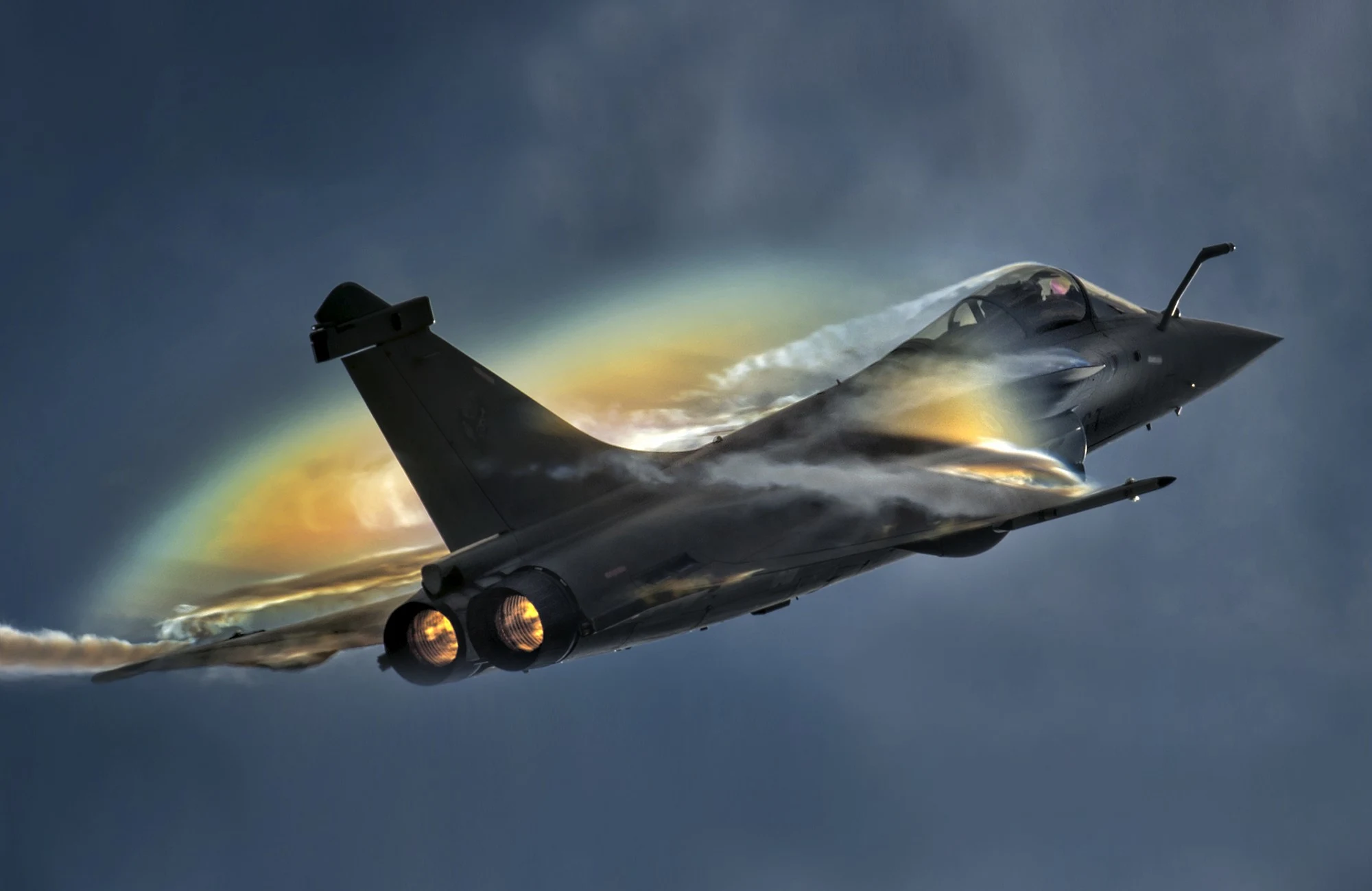The Boeing-built X-37B Orbital Test Vehicle (OTV) is preparing to launch its eighth mission (OTV-8) from Florida’s Space Coast, with liftoff scheduled for August 21. This milestone comes less than six months after the successful completion of OTV-7.
“With each successive flight, the X-37B has demonstrated adaptability and flexibility by hosting diverse experiments and pioneering new orbital regimes,” said Michelle Parker, vice president of Space Mission Systems at Boeing. “This mission continues that legacy by deploying cutting-edge technologies that advance our nation’s space capability and enhance the resilience of future architectures.”
OTV-8 will fly with a service module, expanding experimental capabilities and opening new opportunities for mission partners, including the Air Force Research Laboratory and the Defense Innovation Unit.
The mission will host demonstrations of high-bandwidth intersatellite laser communications technologies, as well as the highest-performance quantum inertial sensor ever tested in space. The U.S. Space Force will leverage insights from this mission to inform future space architectures.
“The OTV-8 laser communications demonstration will mark an important step in the U.S. Space Force’s ability to leverage commercial space networks as part of proliferated, diversified, and redundant space architectures,” said U.S. Space Force Chief of Space Operations General Chance Saltzman. “This will strengthen the resilience, reliability, adaptability, and data transport speed of our satellite communications architectures.“
The revolutionary quantum inertial sensor will demonstrate precise positioning, navigation, and timing in a GPS-deprived environment. Quantum inertial sensors, useful for navigation in deep and cislunar space, promise to expand the technological frontiers of long-distance space travel and exploration.
“OTV 8’s quantum inertial sensor demonstration is a major advancement for the Guardians’ operational resilience in space,” said Colonel Ramsey Hom, Space Delta 9 Commander.“Whether navigating beyond Earth orbits in cislunar space or operating in GPS-deprived environments, quantum inertial sensing enables robust navigation capabilities where GPS navigation is not possible. Ultimately, this technology significantly contributes to our momentum within the Fifth Space Operations Squadron and across the Space Force, ensuring movement and maneuverability even in GPS-deprived environments.“.
Boeing and Space Force teams prepare the space plane for launch at Boeing’s facility at the Kennedy Space Center, Florida. Since its maiden launch in April 2010, the aircraft has spent more than 4,200 days in space.
